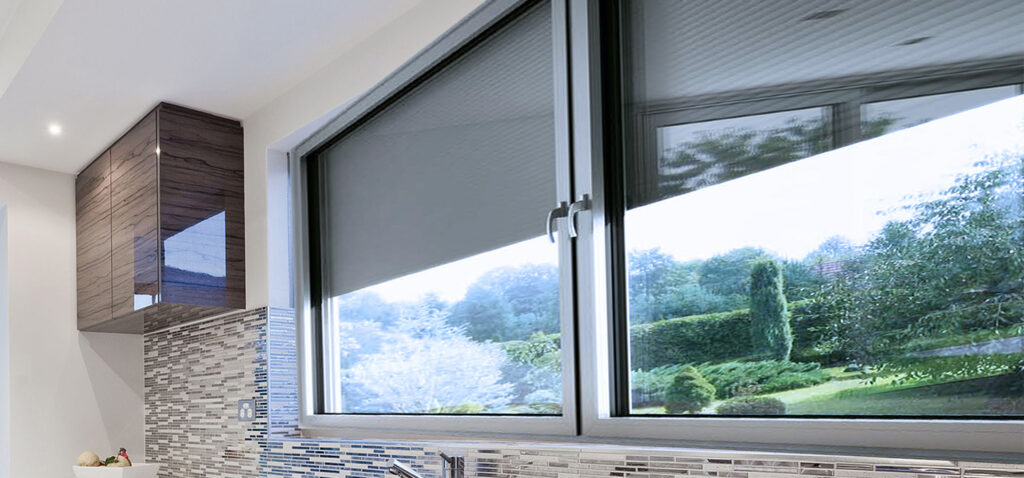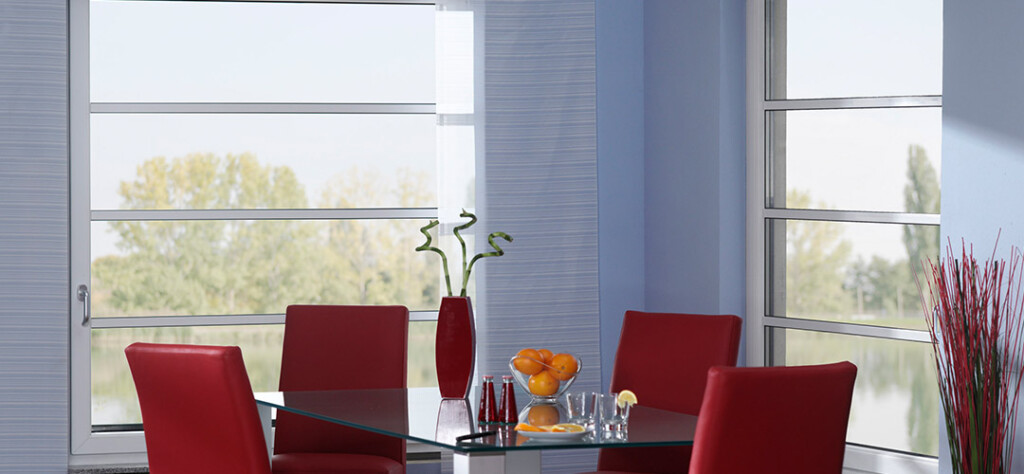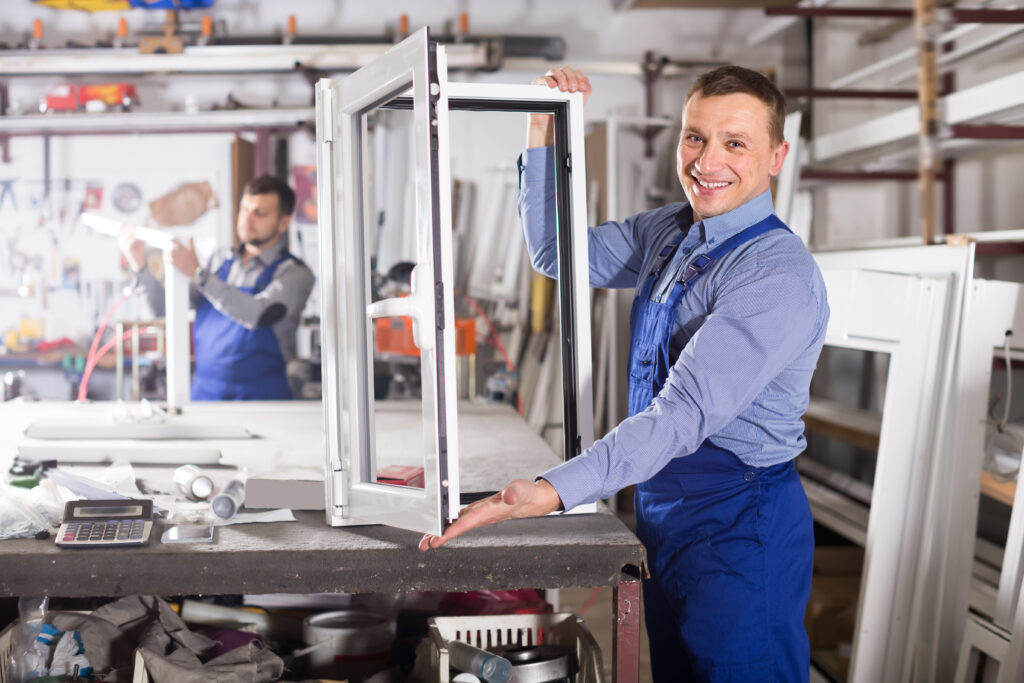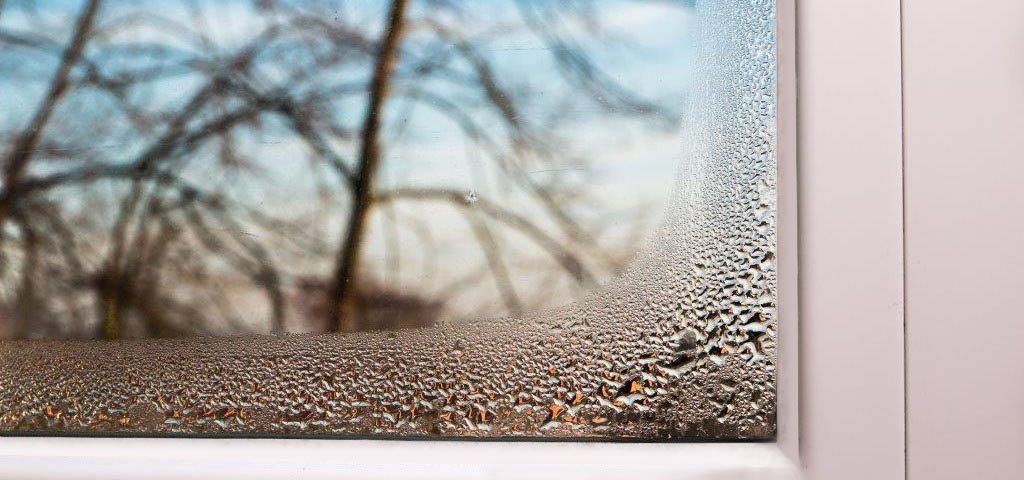During winter, it is very common to have foggy windows. Glass evaporation is not just an aesthetic problem. The main causes of this problem include woodwork that is too tight and inadequate ventilation. So what does the phenomenon indicate and how can it be counteracted? Is it necessary to replace the windows? In what cases will steam on windows be a natural phenomenon, and when will it indicate a design defect?
Why do windows steam?

There may be many reasons for this phenomenon. Essentially, however, it is a phenomenon related to the difference in temperature that exists on the outside and inside of the window. Evaporation can also result from inadequate humidity levels in the room. Very often the phenomenon of water vapor can be observed on windows in rooms with increased humidity, such as bathrooms and kitchens. Tight windows, which cause a lack of air exchange, often steam up. This phenomenon will also be intensified in the absence of proper ventilation. Activities such as cooking or taking a shower will raise the humidity level slightly, causing droplets to appear on the windows. It is worth remembering, that under natural conditions the window should look as usual after some time. However, if condensed water appears on the glass even though there is no reason for it, then you need to consider other options.
Types of window steaming
Glass evaporation from the exterior
Water condensation is a phenomenon which is most frequently observed on the external side of a glazing. It means extremely high thermal insulation of window panes. Window steaming on the external side means that only a small amount of heat which is inside the building will get outside the room. Moisture in the form of water vapor condenses on the outside of the glass because it is cold. Typically, the sight of foggy windows from the outside is seen in areas with high humidity. Often these are coastal areas or those located near large bodies of water where the air can heat up much faster than the window glass. The settling of dew on the outside of the window is also encouraged by open spaces.
Window evaporation from the interior
The phenomenon of water vapor on the inside of a window is usually not something you see on modern windows, but rather on the older type windows. Again, the appearance of dew on the glazing does not mean the glazing is defective, it just means high tightness. The reason for this phenomenon is an inadequate ventilation of the room, which causes water to settle on the windows and water vapor to escape. Air with high humidity resulting from doing laundry, cooking and other similar activities is not able to escape from the room, so it accumulates on the surface of the glass on the inside, because it is the coolest place. To avoid this problem, you may want to install special ventilators that help to get rid of excessive moisture in the room. However, they will only work effectively if the rest of the ventilation system in the building is working properly. It is worth remembering that the evaporation of glazing is also supported by the breathing processes of freshly painted walls and ceilings. This is often the result of poorly insulated walls against moisture.
Window evaporation on the inside
Triple-pane or double-pane windows can steam up from the inside. This is an extremely frustrating phenomenon, as the steam cannot be removed in any way in this case. But what does the steam between the panes of glass mean? This means that the structure of the window has been compromised or damaged at some point. This is natural with worn out windows. In this case, water vapor has penetrated into the glazing spaces, which normally contain gas, and has condensed on the glazing. Repairing your windows may not be cost-effective. They need to be replaced because the failure indicates that the windows have lost their thermal insulating properties. Steam settling on the glass leaves stains that cannot be cleaned, therefore, after some point the windows look very unpleasant.
Ways to avoid foggy windows
In addition to regularly ventilating a room, you can get rid of water vapor in several other ways as well. The first way is to install air conditioning or ventilation in rooms with increased humidity. We already know that evaporation on both the inside and outside of a window is natural, and it’s a cause for concern when windows have water vapor deposited between the panes of glass.

Windows with vents
When buying new windows during construction of a house or replacement of old windows, it is also good to think about buying special ventilators. These types of devices are installed in the walls or on the windows. There are basically three types of ventilators, which include:
- hydroregulated ventilators– they work automatically. A special polyamide tape provides a sensor that activates the system when it detects changes in humidity levels in the room. It is fair to say that the room is ventilated automatically, requiring no manual assistance or operation.
- Pressurized Ventilators– Also referred to as self-regulating ventilators. Their job is to regulate the pressure difference between the inside and the outside of the room. The greater the difference, the greater the inflow of air will be.
- Manually controlled ventilators – With this type of ventilator, it is the user who regulates the operating time and output of the device. Unfortunately, this is not a very effective type of support in rooms with very high humidity.

Installation of radiators under windows
Why are radiators usually installed under the windows? This is because they provide so much heat that they are able to both warm and dry the glass. Unfortunately, in many cases they do not eliminate condensation completely. Be sure not to hang wet towels on the radiators, as this can lead to quite the opposite! This is an effective way to combat excessive humidity, especially in attics where roof windows are placed, as the heat immediately reaches the glass.

Shutters and blinds
In some cases, various types of blinds and roller blinds can prevent evaporation. They increase the insulating properties of the window, so water vapor does not settle as often as without them.
Purchase the right windows

If you want to replace the windows or choose new ones for your new house, you should remember that the window should have the appropriate parameters, especially an appropriate level of the heat transfer coefficient (Uw). This parameter determines the amount of heat transfer through the thermal envelope. The smaller the value of the coefficient, the better the thermal insulation of the partition. For good quality windows, Uw should be higher than 1.1 W/(m²K). This means that a number higher than this may indicate poor thermal insulation of the partition, which in the future may result in their replacement or the need to use additional space heating due to the cold coming in from the outside.
